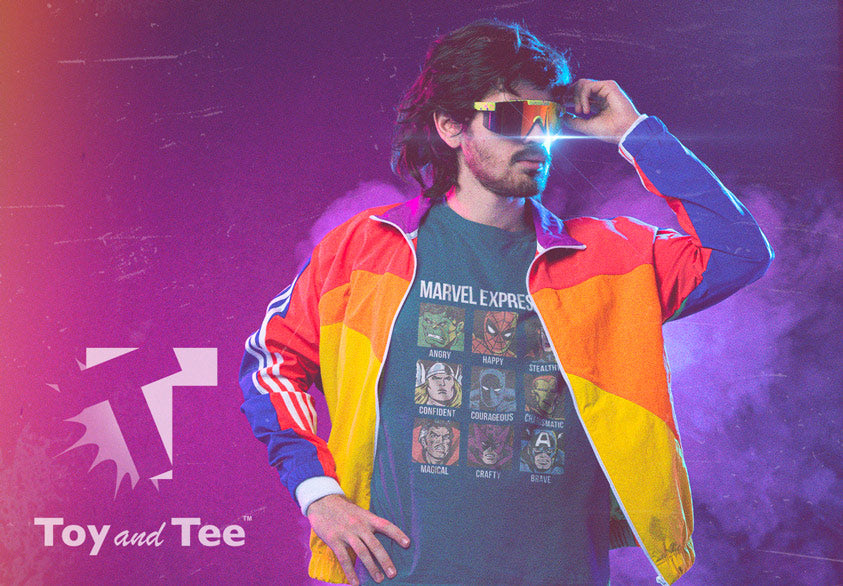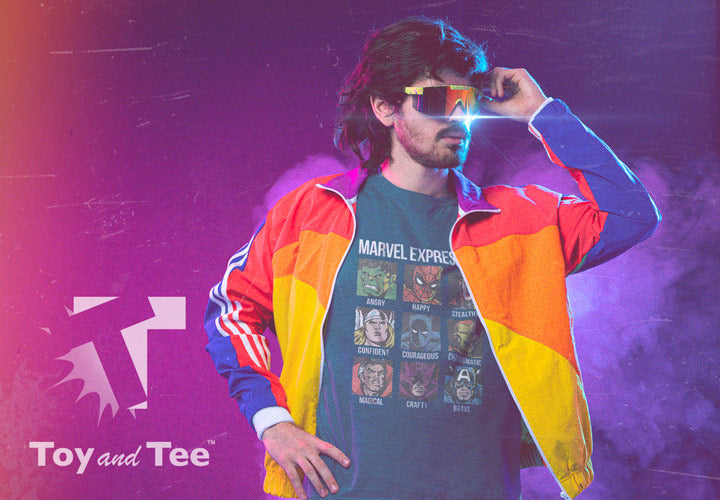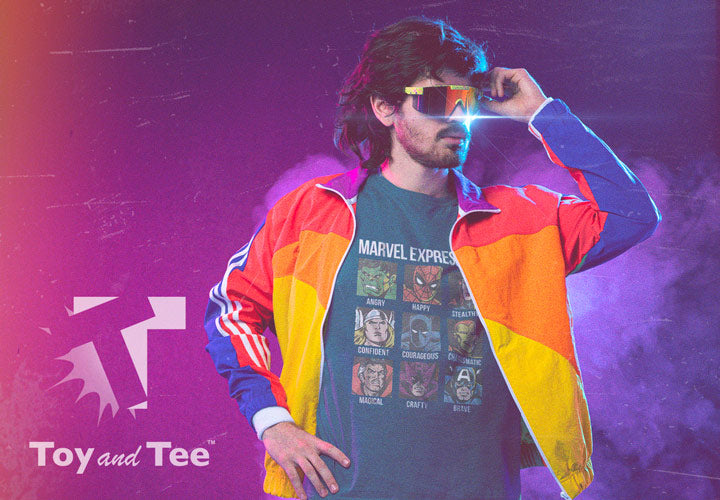We'll Be Right Back
We'll Be Right Back
We are currently restructuring things, and will be back online soon. If you need anything, email Support@ToyandTee.com



